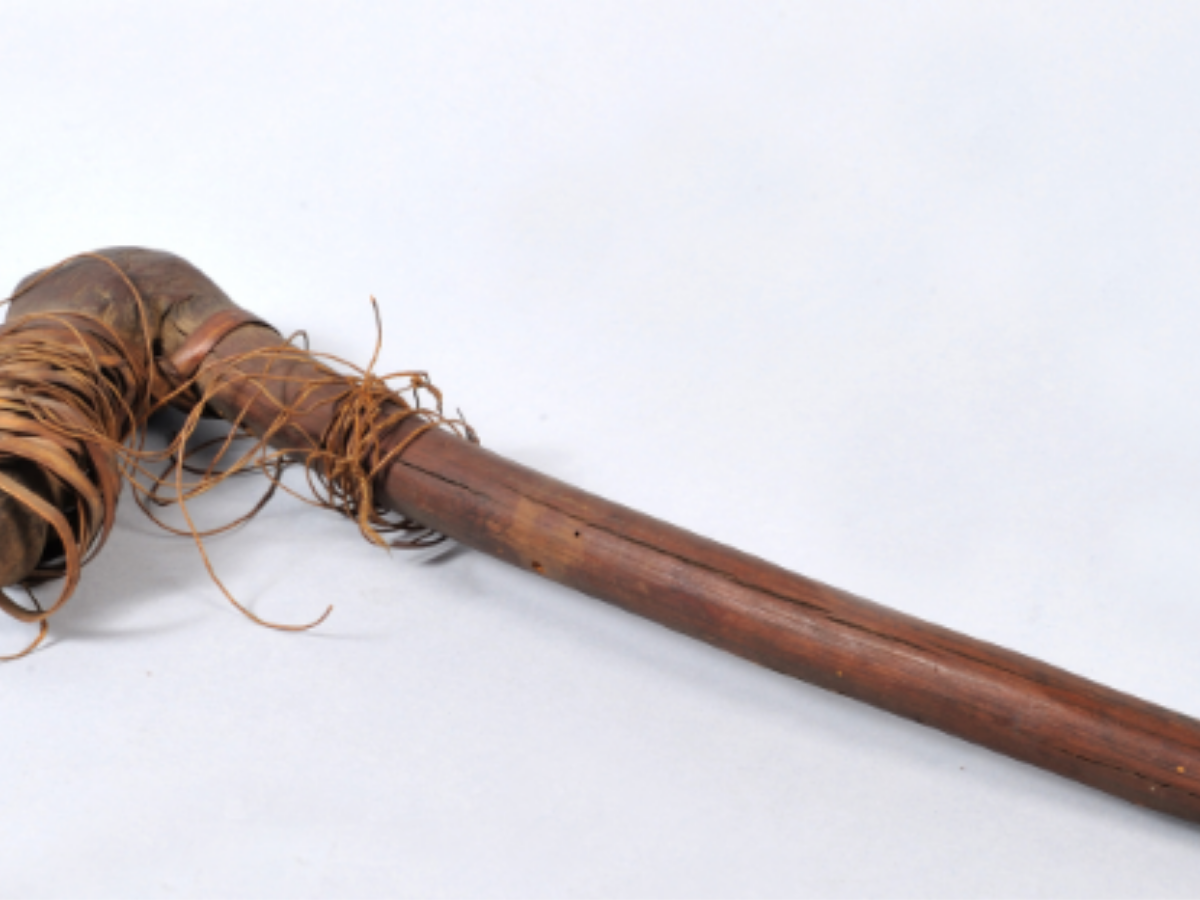State
Tribe Name
Art Type
short description
Formed on rich cultural heritage, agriculture practices of the Lhota Naga tribe, one of the major Naga tribes of Nagaland, India. The hoe described handles a traditional craftsmanship, which, because of local material accessible, speaks of the ingenuity of the Lhota. It is an angular projection incorporating the tree branch that makes this hoe handle a vital design component for the secure attachment of the blade and is made with cane strips and cotton threads for management purposes to show the application of Lhota Naga traditions in the manner in which their tools are reinforced.
Thumbnail

Filter Postion
Left
Filter Background
Off
Theme
Filter Header Image

content
Image

description
Formed on rich cultural heritage, agriculture practices of the Lhota Naga tribe, one of the major Naga tribes of Nagaland, India. The hoe described handles a traditional craftsmanship, which, because of local material accessible, speaks of the ingenuity of the Lhota. It is an angular projection incorporating the tree branch that makes this hoe handle a vital design component for the secure attachment of the blade and is made with cane strips and cotton threads for management purposes to show the application of Lhota Naga traditions in the manner in which their tools are reinforced.
Cane and cotton, being available in the region, serve both to represent their connection with nature and provide strength without the blade-the suggestion that it might have perhaps outlasted time. However, this artifact is an important testimony to the agricultural history of the tribe. Jhum has been, and for ages it will remain, the Lhota Nagas' cultivation. This hoe and other traditional tools were considered in contributing clearing ground, sowing seed, or upping jhum cultivation. The technical knowledge of the construct is reflected in indigenous knowledge passed on from one generation to the next. It is thus both functional and sustainable in their tool-making philosophy.
Cane and cotton, being available in the region, serve both to represent their connection with nature and provide strength without the blade-the suggestion that it might have perhaps outlasted time. However, this artifact is an important testimony to the agricultural history of the tribe. Jhum has been, and for ages it will remain, the Lhota Nagas' cultivation. This hoe and other traditional tools were considered in contributing clearing ground, sowing seed, or upping jhum cultivation. The technical knowledge of the construct is reflected in indigenous knowledge passed on from one generation to the next. It is thus both functional and sustainable in their tool-making philosophy.
Image Mode
landscape
promoted
On
Verified
Off
